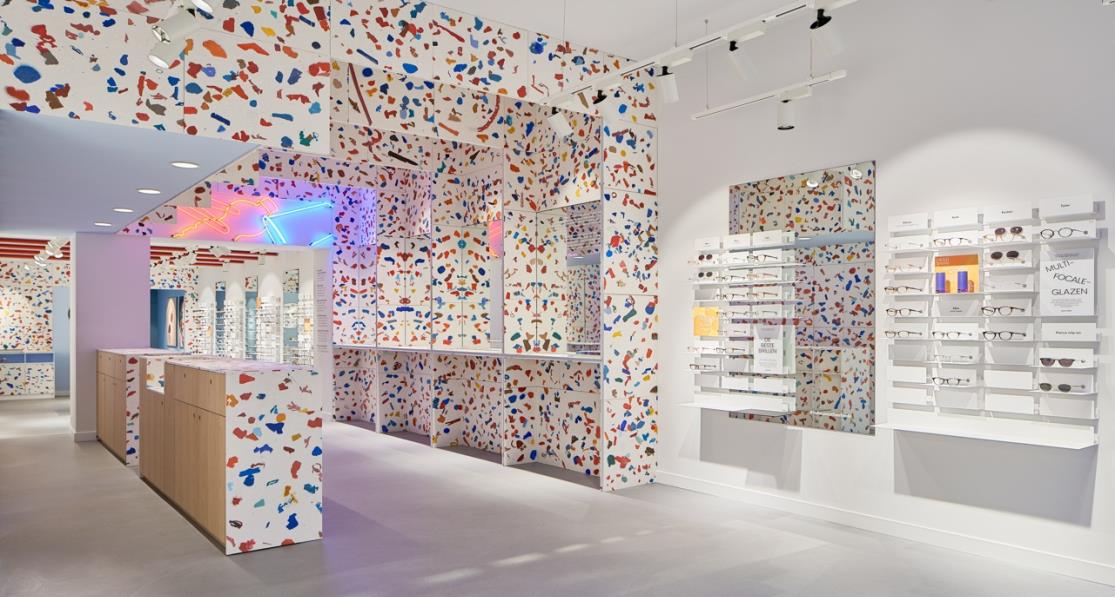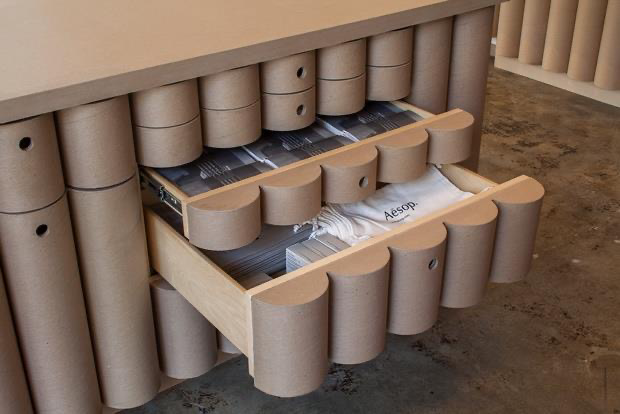
In recent years, society has become more aware of the consequences of climate change. Governments and non-governmental organisations are putting pressure on large companies to adopt more sustainable practices.
In the retail sector, certain materials have been phased out because, in addition to being harmful to the environment and to us, they create a negative image for brands that use them. We are talking about plastics or materials with PVC.
The significant problem of plastic waste for the planet and its contribution to climate change has led to finding substitutes for this material. The sustainable alternative is to use recycled plastics and PVC-free materials. There are numerous finishes and uses for sustainability.
But why move away from the use of PVC (polyvinyl chloride)? This material is composed of the combination of chlorine and ethylene, with chlorine being a highly corrosive and toxic product in its pure state. To obtain PVC resin, dichloroethane must be subjected to high temperatures.
Additionally, to make PVC more mouldable, phthalates, which are highly harmful to humans, are added.
Therefore, given that this product is harmful not only to the environment but also to humans, alternatives have soon emerged. The use of these materials, combined with the eco-friendly image they convey, has made them very attractive materials.

Characteristics:

Other currently used materials are PVC-free vinyl and films. This great alternative is frequently applied at points of sale with a positive result for sustainability.
PVC-free vinyl can be found for various applications: for signage and digital printing, interior decoration, window and glass decoration…
This material can achieve the desired shape and colour, with different finishes and textures. You can get results of different sizes and shapes. This is one of its main qualities, versatility.


These adhesive vinyl are a great option, but there are also vinyl for floors, wall coverings, furniture decoration, signage… PVC-free vinyl can dramatically change the decoration of your point of sale, giving it a new, fresher, and more attractive look.
There are many ways to incorporate recycled materials into your design. A material widely used for a long time and the first substitute for many materials like plastic is cardboard.
Cardboard is a sustainable material with many advantages: it is lightweight and, therefore, manageable. It is also easy to glue, and you can create solid structures with it. It can be printed on, and it is very economical.
With this material, you can achieve many different finishes, shapes, colours, and sizes.

Cardboard is not only used for small decorative elements but also as a main element in a project. The design conveys the message of a sustainable brand committed to the environment.
Using this material makes a place more attractive due to its originality and helps differentiate it from the rest.
With all this information, it is time to leave PVC behind and make your actions more eco-friendly. This way, you will not only make your brand connect more specially with your customers and improve your business image, but you will also be actively helping the environment.
You may also be interested
open
08:00 AM-18:00 PM Monday – Friday
08:00 AM-18:00 PM Monday – Friday